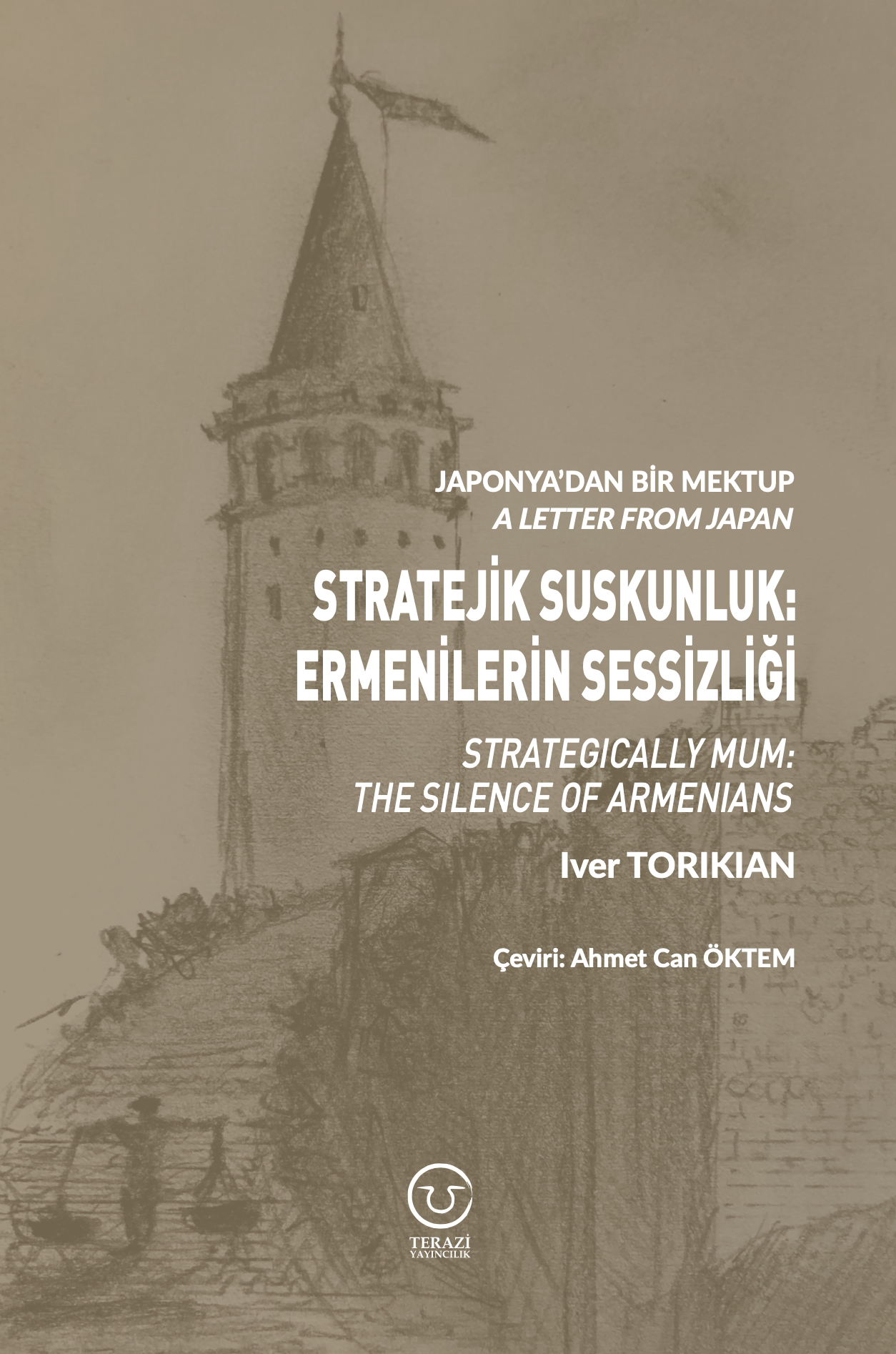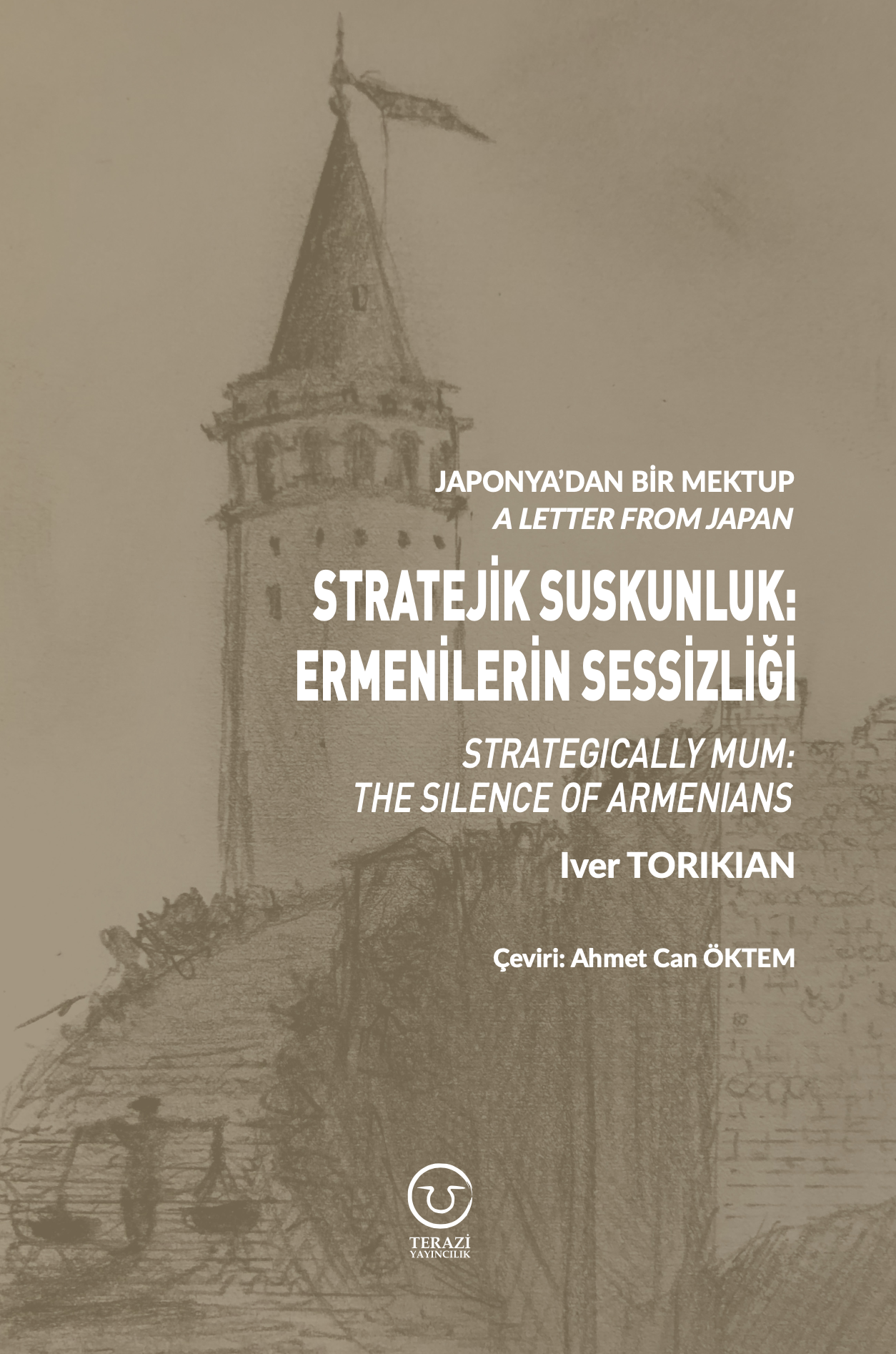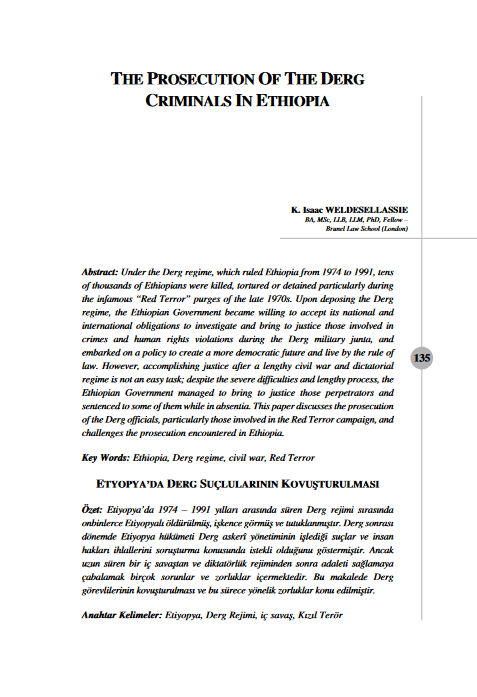CNBC, 04 Oct 2017
"Violence and progress in Afghanistan continue to coexist," Defense Secretary James Mattis told a Senate panel Tuesday.
Mattis said the U.S. has about 11,000 troops in Afghanistan and an additional 3,000 U.S. troops will be "arriving now and in the coming months."
He said the administration's new South Asia strategy keeps Afghan forces "in the lead to do the fighting" with continued support from the U.S.
US Defense Secretary Jim Mattis arrives at Forward Operating Base Gamberi east of Kabul, Afghanistan, on an unannounced visit to the war-torn country on September 27, 2017.
Defense Secretary James Mattis on Tuesday insisted coalition forces have "blunted" enemy groups in Afghanistan in recent months but conceded violence remains an ongoing challenge.
"For the first time in this long fight, all six Afghan military corps have engaged in offensive operations," Mattis said Tuesday in testimony before the Senate Armed Services Committee. "During these recent months, there have been fewer civilian casualties as a result of coalition operations."
The U.S. has been waging war in Afghanistan for 16 years. President Donald Trump last month announced a new strategy that includes additional troops in the country to win the conflict and beat terrorists.
"Violence and progress in Afghanistan continue to coexist," said Mattis. "But the uncertainty in the region about the NATO campaign has been replaced by certainty due to the implementation of President Trump's new South Asia strategy."
The U.S. has about 11,000 troops in Afghanistan alongside about 6,800 troops from NATO and coalition partners, Mattis disclosed Tuesday. And he said the more than 3,000 additional U.S. troops going there would "reinforce" the coalition's advisory role to Afghanistan forces.
Chairman of the Joint Chiefs of Staff Gen. Joseph Dunford Jr., the nation's top military officer, also weighed in on the Afghanistan situation and told the Senate panel that U.S. military commanders conducted a failure analysis and came up with a "new operational approach to break the stalemate and bolster Afghan capabilities."
Dunford added that the new approach also "supports the president's broader strategy by expanding our advisory efforts to the tactical level."
SASC Chairman John McCain (R-Ariz.) has been a critic of the Trump administration for not having a strategy earlier on Afghanistan and the lawmaker even proposed his own Afghanistan plans. After Trump's new policy was announced, though, McCain applauded the president "for taking a big step in the right direction."
In opening remarks Tuesday, McCain said he was encouraged that Trump's Afghanistan plans "ended the foolish policy of arbitrary timetables for withdrawal and shifted to a conditional approach. At the same time, in the six weeks since the president made his announcement, this committee and the Congress more broadly still does not know many of the crucial details of this strategy. This is totally unacceptable."
"We must always remember, we are in Afghanistan to make America safer and ensure South Asia cannot be used to plot transnational attacks against the U.S. homeland or our partners and allies," said Mattis.
In Afghanistan, the U.S. is changing the role of American service members to provide more support for the Afghan national defense and security forces. There are now about 320,000 Afghan national security forces serving in the war-torn nation.
Even with about 11,000 troops in Afghanistan, that's still well below of the peak during the surge in August 2010 when there were about 100,000 service members in Afghanistan. The more than 3,000 additional U.S. troops going to Afghanistan will be focused primarily on providing training and advisory support to the Afghan security forces.
Mattis said Tuesday that those additional U.S. troops would be "arriving now and in the coming months."
"The fighting will continue to be carried out by our Afghan partners but our advisors will accompany tactical units to advise and assist and bring NATO fire support to bear when needed," Mattis said. "Make no mistake — this is combat duty. But the Afghan forces remain in the lead to do the fighting."
Last week, Mattis visited Afghanistan as part of a South Asia trip that included a stop in New Delhi. But he didn't visit Pakistan, a clear signal of the administration and NATO's displeasure with India's long-time rival.
Mattis referred to his trip in testimony Tuesday and said he discussed with Indian leaders "ways to expand our collaboration to improve long-term regional stability and security. We will firmly address Pakistan's role. NATO's demands need to be heard in Islamabad."
One result of the Trump administration's new strategy in South Asia has been the U.S. increasing its ties to India. The U.S. is looking for India to provide more economic and development assistance to Afghanistan.
In all, there are 20 U.S.-designated foreign terrorist organizations active today in Afghanistan and neighboring Pakistan, Trump said last month in unveiling his new South Asia strategy. Also, the president called out Pakistan as a "safe haven to agents of chaos, violence and terror."
Meantime, Mattis said the U.S. military leadership in Afghanistan and NATO partners "are holding the line" in Afghanistan." And he added that forecasts of a significant Taliban offensive by the militant organization "remain unfulfilled."
According to Mattis, the new strategy by the administration "has been welcomed almost uniformly by leaders in the South Asia region, as well as by the 39 countries contributing troops to the NATO-led campaign."
During his remarks, Mattis said there's been progress in reducing civilian and military casualties in Afghanistan and more effectiveness in the Asian country's security forces too.
Even so, Mattis said "high-profile attacks" by the Taliban on civilians continue to be a challenge.
Specifically, the Defense secretary said the Taliban militants continue to try to seize provincial or district centers but he insisted they have been generally forced into decentralized, small-scale ambushes and the use of IEDs, or improvised explosive devices.
At the same time, Mattis maintained there's "disarray among various enemy groups in Afghanistan" that has led to a situation where it's limited the Taliban's resources, movements and its ability to conduct major offenses.
The U.S. has spent well over $800 billion fighting in the Afghanistan conflict and there have been more than 2,000 U.S. military fatalities and in excess of 20,000 soldiers wounded.
The $700 billion National Defense Authorization Act passed Sept. 18 by the Senate includes $60 billion for the so-called Overseas Contingency Operations, a special fund for the wars including Afghanistan as well as Iraq, among others.
Mattis and Dunford also are scheduled to testify Tuesday afternoon to the House Armed Services Committee on the Trump administration's new Afghanistan and South Asia strategy.
No comments yet.
- FM: UKRAINE IS COMMITTED TO SUPPORTING AZERBAIJAN`S TERRITORIAL INTEGRITY The Caucasus and Turkish-Armenian Relations 04.10.2017
- UZBEK SENATE TO CONSIDER RATIFICATION OF BORDER DEAL WITH KYRGYZSTAN Asia - Pacific 04.10.2017
-
 IRAQ: UN MIGRATION AGENCY ASSISTS THOUSANDS DISPLACED FROM WEST ANBAR
Iraq
04.10.2017
IRAQ: UN MIGRATION AGENCY ASSISTS THOUSANDS DISPLACED FROM WEST ANBAR
Iraq
04.10.2017
- AZERBAIJAN NAVAL FORCES’ WARSHIPS DEPART FOR IRAN ON A FRIENDLY VISIT The Caucasus and Turkish-Armenian Relations 04.10.2017
- SERBIA ACCUSES WORLD OF DOUBLE STANDARDS OVER CATALONIA AND KOSOVO The Balkans 04.10.2017
-
25.01.2016
THE ARMENIAN QUESTION - BASIC KNOWLEDGE AND DOCUMENTATION -
12.06.2024
THE TRUTH WILL OUT -
27.03.2023
RADİKAL ERMENİ UNSURLARCA GERÇEKLEŞTİRİLEN MEZALİMLER VE VANDALİZM -
17.03.2023
PATRIOTISM PERVERTED -
23.02.2023
MEN ARE LIKE THAT -
03.02.2023
BAKÜ-TİFLİS-CEYHAN BORU HATTININ YAŞANAN TARİHİ -
16.12.2022
INTERNATIONAL SCHOLARS ON THE EVENTS OF 1915 -
07.12.2022
FAKE PHOTOS AND THE ARMENIAN PROPAGANDA -
07.12.2022
ERMENİ PROPAGANDASI VE SAHTE RESİMLER -
01.01.2022
A Letter From Japan - Strategically Mum: The Silence of the Armenians -
01.01.2022
Japonya'dan Bir Mektup - Stratejik Suskunluk: Ermenilerin Sessizliği -
03.06.2020
Anastas Mikoyan: Confessions of an Armenian Bolshevik -
08.04.2020
Sovyet Sonrası Ukrayna’da Devlet, Toplum ve Siyaset - Değişen Dinamikler, Dönüşen Kimlikler -
12.06.2018
Ermeni Sorunuyla İlgili İngiliz Belgeleri (1912-1923) - British Documents on Armenian Question (1912-1923) -
02.12.2016
Turkish-Russian Academics: A Historical Study on the Caucasus -
01.07.2016
Gürcistan'daki Müslüman Topluluklar: Azınlık Hakları, Kimlik, Siyaset -
10.03.2016
Armenian Diaspora: Diaspora, State and the Imagination of the Republic of Armenia -
24.01.2016
ERMENİ SORUNU - TEMEL BİLGİ VE BELGELER (2. BASKI)
-
AVİM Conference Hall 24.01.2023
CONFERENCE TITLED “HUNGARY’S PERSPECTIVES ON THE TURKIC WORLD"









